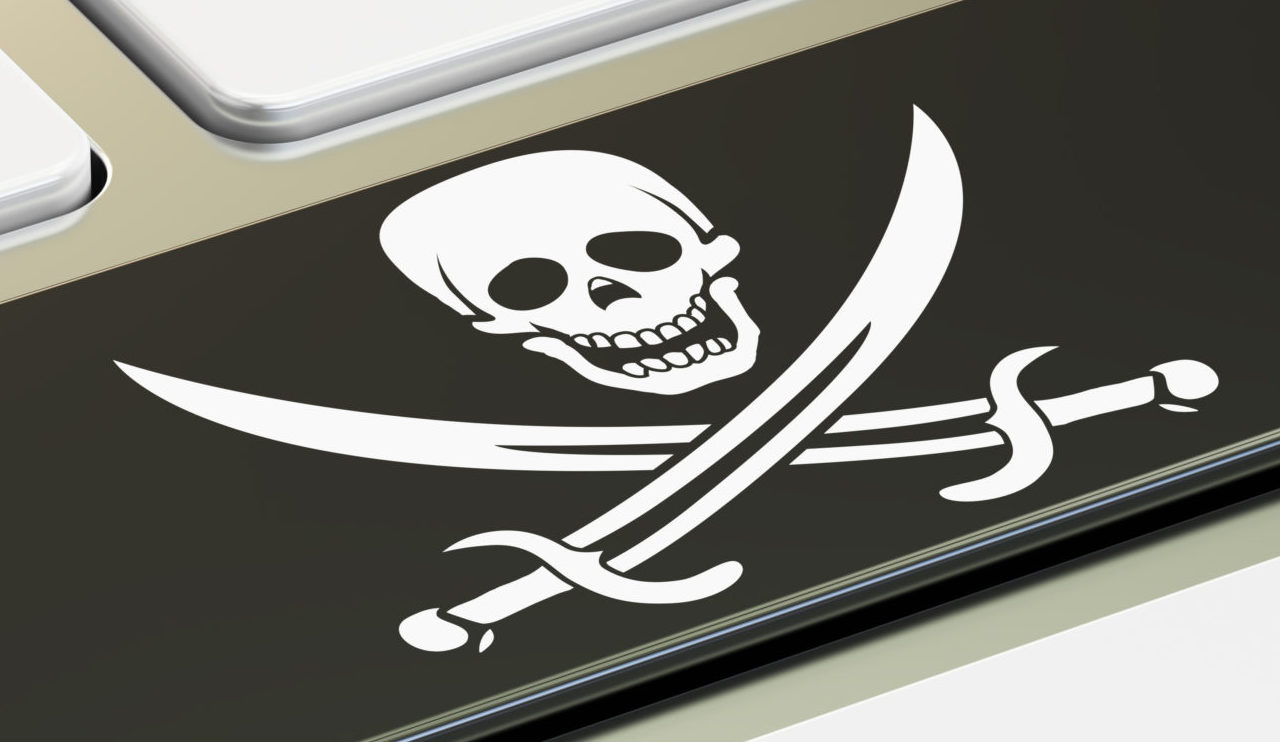M+E Connections

M&E Companies Need to Step Up Their Fight Against Piracy
Story Highlights
Piracy continues to pose a threat to the media and entertainment industry and it is everyone’s responsibility to address the issue of large-scale content theft.
M&E companies really need to step up their anti-piracy initiatives because the minimum is no longer enough to combat this pervasive problem and safeguard the bottom line, according to executives at Friend MTS and Rogers Communications.
As director, copyright and broadband and in-house counsel at Rogers, Kristina Milbourn spends “a lot of my time increasingly on content protection because it is a growing concern,” she said Oct. 19 during “The Cost of Piracy” session on day one of the first Video Security Summit.
She has built a team over the past eight years that is specifically focused on this area “in order to create value for Rogers,” she noted.
A key takeaway from the session: It is very much within the industry’s control to tackle piracy with the right content protection technology partners. However, to do so, it is imperative that rights holders and distributors incorporate effective content protection solutions into their overall planning strategies as they continue to build and grow their businesses.
Piracy is being taken even more seriously now than in years past, “especially with the cost of acquiring the rights to this live and exclusive content” becoming higher than ever before, according to John Ward, executive vice president, Americas at Friend MTS.
Noting that his background was in live sports at companies including Fox Sports and AT&T, he conceded this is “kind of a new venture for me” but said he was “certainly looking forward to the challenges that clearly are present within this sector.”
Pirates Continue to Evolve
Pirates “continue to evolve [and] the whole space continues to evolve,” Ward said. “Things have become way more sophisticated with regard to the way pirates operate,” he told viewers, noting pirates are creating their own networks that “look and feel much like normal pay TV networks that people pay for.”
This is a space where “there’s always been crime,” he said. “It will continue to evolve and what we’re trying to do, along with Kristina and other companies, is basically trying to basically mitigate this… detect, deter and eventually disable piracy,” he explained. And this “continues to evolve as the ways we consume content continue to evolve,” he added.
When Milbourn joined Rogers about eight years ago, “nobody was really doing content protection within my organization in a systematic way,” she said. “You would either rely on a trade association who sort of had piracy amongst its many industry issues” it dealt with “on behalf of which they would advocate.”
However, “I see more companies are now recognizing the need to dedicate resources to this issue,” she said. “As I see it, the walled garden has been breached. You used to be able to get your content out there based on this huge advantage that you had, which was the fact that your content was accessible through these tried and true media, and pirated content was more restricted.”
She explained that, “with the rise of the application age of the Internet [and] the rise of this preponderance of content which is now very, very easily accessible, that is changing.”
 The M&EA “ecosystem is not closed anymore and so you cannot rely on consumers to necessarily know the difference between a legitimate, traditional, sanctioned source of content vs. a pirated or unlawful source,” she pointed out. “Many times we see that these pirate offerings are slick [and] they have easy-to-use interfaces…. In some instances, they require money changing hands, which… reinforces the belief to many end users that this is perfectly legitimate.”
The M&EA “ecosystem is not closed anymore and so you cannot rely on consumers to necessarily know the difference between a legitimate, traditional, sanctioned source of content vs. a pirated or unlawful source,” she pointed out. “Many times we see that these pirate offerings are slick [and] they have easy-to-use interfaces…. In some instances, they require money changing hands, which… reinforces the belief to many end users that this is perfectly legitimate.”
She sees a “growing trend, which is that more aggressive strategies are being implemented to deal with this type of problem,” she told viewers. But she added: “More resourcing for enforcement is needed…. I feel that media companies are now starting to awake to this issue that, unless you sort of get a handle on this now… the genie is [going to be] out of the bottle. You can’t necessarily reverse this trend.”
One explanation for the lack of urgency by M&E organizations in the past may be that 10-15 years ago “maybe the calculus didn’t support an aggressive strategy,” she noted.
But she said: “I think we’re now past that point. I think we’re in a point in time where if you are a content producer, media company, whatever, if you’ve got exclusives, you need to be able to monetize those exclusives and you need to understand that your exclusives may already be out in the wild, so to speak.”
There are also many ways in which digital right management (DRM) can be overcome, she pointed out. “This is not to impugn the DRM vendors or the technology that exists. This is to just underscore that, for people who are determined to get content out there and to monetize an illegal piracy outfit, they will find a way to get that content…. You can have the best DRM in the world, you can have the best encryption but, for all you know, a pirate could be your subscriber and they could be rebroadcasting the content. You see them as a legitimate, paying entity to your service but they’re sort of leaking all of that content on the back end. So, in my view, we’re at a moment in time where just the realities sort of dictate the need to have more staunch enforcement – just as a commercial imperative.” After all, content is “quite expensive” today, she said.
The Need for Partners
Partners like Rogers “are critical for companies like us to develop products [and] continue to develop and evolve them as things happen,” according to Ward. But, “ultimately, it’s got to be a group effort,” he said. “It has to be the content creators, the content distributors and the anti-piracy companies and the security companies all working together to cohesively develop these strategies….. I think it needs to be part of any contemplated strategy with content delivery. You budget all costs. You budget your operational costs to distribute and deliver the content. This is insurance… protecting your valuable IP and the distribution of that IP.”
Companies must “band together” and “work together more collaboratively” to come up with solutions to these problems, he said, warning: “These problems are not going to just go away. Continuing to do the same thing and expecting a different result is the definition of insanity.”
Milbourn went on to suggest how an organization without an anti-piracy can get started.
First, she said: “You need to understand who your vendors are…. Do they have solutions to problems I haven’t even identified yet?”
Once they provide their ideas, “build a strategy around” what the vendors are telling you, she suggested, stressing the importance of trusted partners.
“We can’t afford to be wrong. We really need to rely on the intelligence of a trusted partner,” she told viewers, noting her company leveraged the intelligence that Friend MTS collects.
It is, meanwhile, better for a firm like Friend MTS “to be part of the design and architecture” of the solutions a company selects and it’s “probably cheaper” than bringing them on later when there is a problem, Ward said.
“The crown jewel for us or any company like us [is] to be brought in at the very beginning,” he told viewers.
Final Thoughts
Companies must be creative to combat pirates because pirates have become increasingly creative, Milbourn said. And “they’re not going to walk away without a fight,” she said.
Ward predicted that eventually all companies will be forced to deal with piracy if they haven’t already. We won’t ever eliminate piracy but can get better at it, he added.
Milbourn’s “hopeful” that the sector can effectively combat pirates, she said. But she said companies must keep innovating to make consumers want to view content direct from the content company instead of looking elsewhere for it, she said. Providing ease of access is one way they can try to do that, she noted.
That must work in tandem with enforcement, she said, adding: “There has to be an enforcement strategy” and a “willingness to protect your brand” and content. That will keep the industry and ecosystem “thriving” and also “keep the pirates at bay.”









